Goals and Purpose of Extensive Ecological Assessments
In October I finished the bulk of an ecological assessment on an Eastern Cross Timbers remnant here in Denton County, TX that I’ve just uploaded in my iNat journal. I thought I’d share (via copy and paste) the essay I cobbled together on my goals and purpose in doing such extensive assessments of biodiversity in temporary remnants:
On my recent post of the ecological assessment for a site near my house (I encourage you to check it out if you haven’t already), my friend Sebastian Tabibi asked about what the assessment was for, and if I was just doing it to catalogue species or if I was working with a larger group/collective.
This, I thought, would be great to share in a post of its own, which will certainly get much more exposure:
At present, I’m not doing any of these surveys or assessments as part of a larger operation, though it would be great to be able to do that in the future.
There are several overall goals that I have for these extensive and intensive assessments, and they all blend into one another, so it’s hard to point out a few set ones.
I can say for certain that without the help of being able to catalogue species and organize them into projects by place, etc. I wouldn’t be close to where I’m at now. When I started using iNaturalist, my goal in mind was just to have a record of the things I find since I like cataloguing things and being able to look back at them. This quickly evolved into wanting to find as many species as I could in particular areas, be it a new species altogether that I hadn’t seen before, one I hadn’t observed within a city, in a particular county, or otherwise.
This leads me to my first goal with these assessments: cataloguing the biodiversity of the region at every level possible and by any means that I am able to. This with both other naturalists that I may inspire in mind (just as Edwin Bridges inspired me to do these assessments), and with larger organizations or collectives in mind that will see use in my work. By cataloguing the species present I’m able to record new county records, up the level of valuable observations for the biodiversity of the area, and all around enhance both my and the community’s understanding of our local flora and habitats.
My second goal: “practice makes perfect”.
Many of these sites I pour time into surveying/cataloguing/assessing are small plots of land in the grand scheme of things, most of which on forgotten property owned by housing or construction companies, that will eventually be destroyed. Some may see the work as pointless as there will seemingly be no use for putting all this time into recording these things that will be gone within the next decade or so to become a new bleak realtors’ office, shitty HOA-ridden housing development, or similar malignant growth. However, by me starting now and continuing to do these surveys and comprehensive assessments of the ecology in as many aspects as possible, I gain a massive amount of in-person experience. This experience not only strengthens my understanding of the flora and ecology, but allows me to practice putting the information together into these maps, presentations, lists, and other formats, which will be extremely advantageous for me later on in my career path. I’m a very firm believer that completely restricting yourself to a single natural science is the wrong way to go about things. Having a main focus is definitely something important, as I have a main focus in botany, but as I continue to learn more I see the benefits and absolute necessity of knowing how natural systems influence each other. The smartest people I know are those that combine their understandings of botany with those of general natural history, ecology, geology, and the like, and are able to make connections between those. Every natural system on the planet is interconnected and so for a botanist to only focus on pressed herbarium specimens for their entire career without understanding ecological contexts and the many nuances related to how lifeforms may express themselves or interact with others in habitat vs on a sheet of paper, I see little use.
The third, and perhaps main, overarching goal: spreading conservation awareness. In putting these together in FB posts, and engaging with like-minded people through sharing this information, I’m further spreading the (what should be) very apparent need for this kind of work. As we continue to lose natural habitats everyday thanks to the consequences of exponentially progressing selfish anthropic practices, there becomes an ever-increasing need to know just how much we have lost in order for many people to truly realize the scale of the damage that has been done and will continue to be done should things stagnate or worsen. Furthermore, in a state like Texas with such a massive amount of private land and so little public-owned the ability to do such important work is even more difficult.
There are 169 plant species that I’ve documented at just that small site by walking 40 minutes there and 40 back (with a car the trip is only 7 minutes) every other week or so for the past 5 months in order to go record them. One of which is critically endangered in TX with less than 60 known occurrences in the 3 states it occurs, and was previously unknown from this county altogether. This in a site which is driven past in a mere 13 seconds by several thousands of cars everyday along I-35.
The most attention that so many of these sites will ever get by the public is the “what are they building over there now?” when the site is inevitably bulldozed.


 ">
">
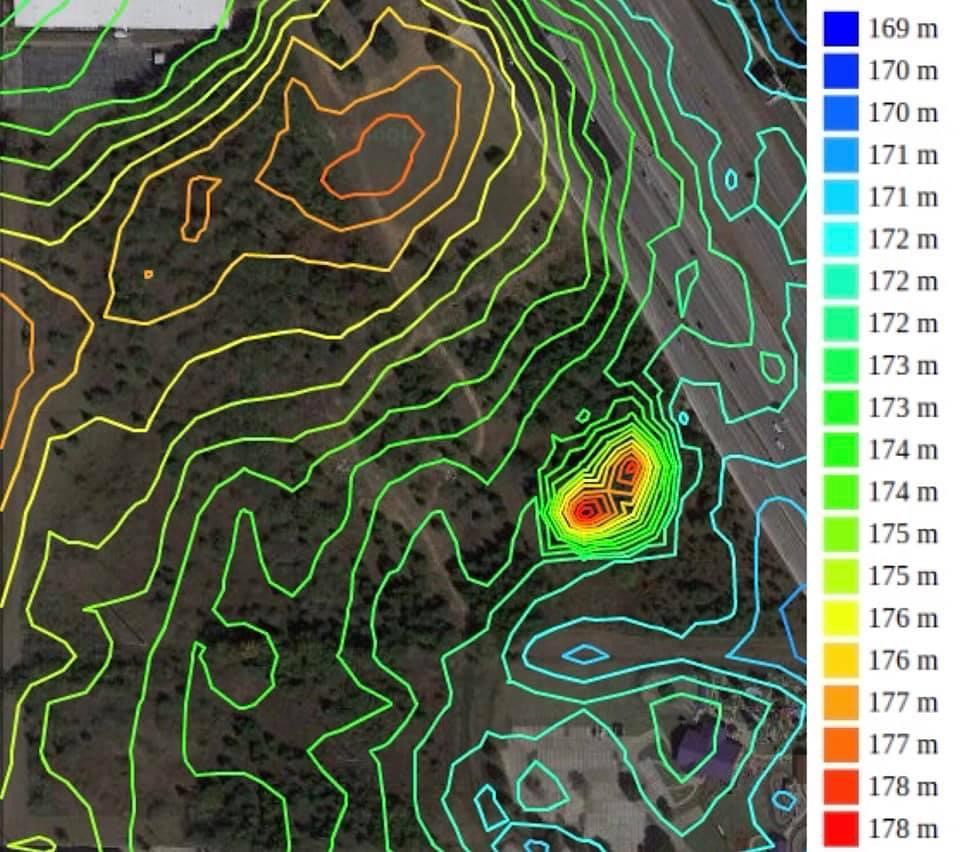 ">
">
 ">
">
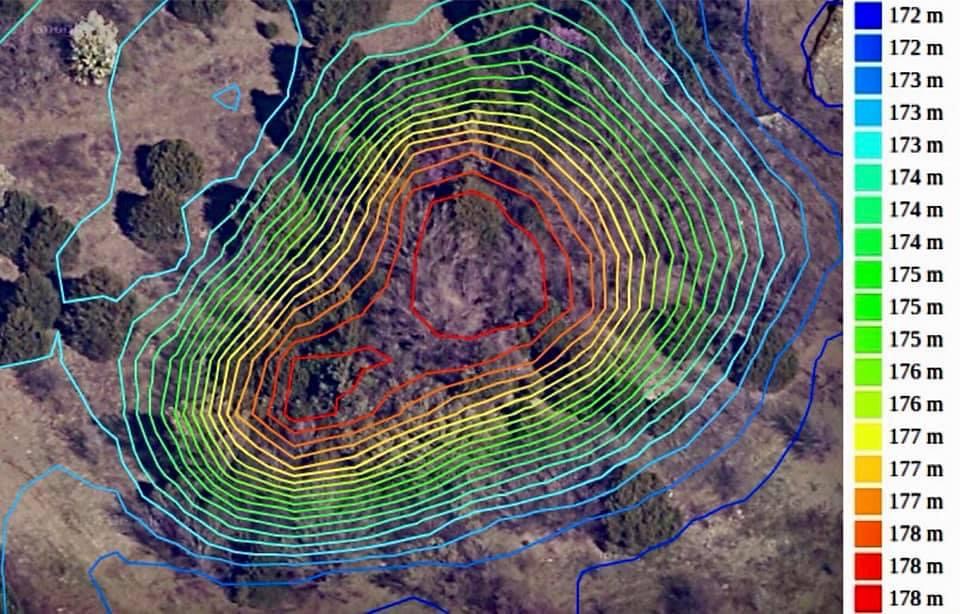 ">
">
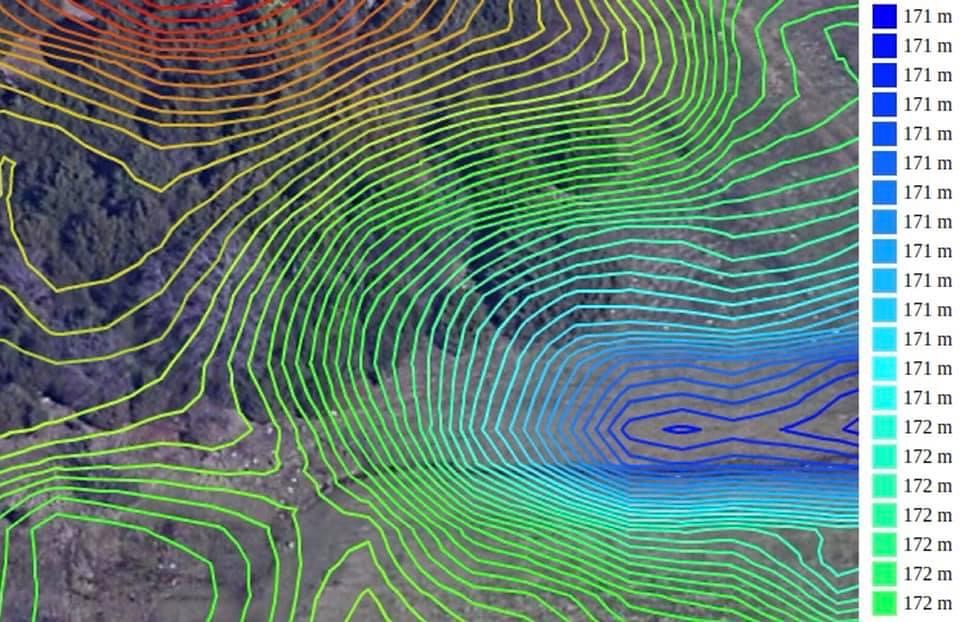 ">
">
 ">
">
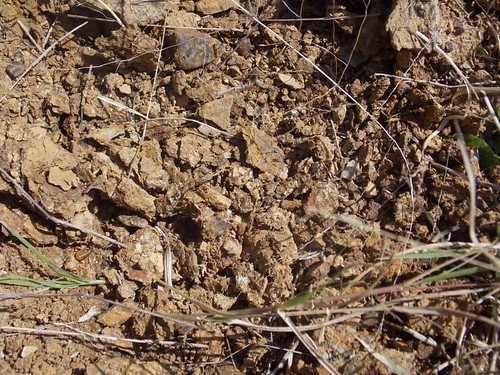 ">
">
 ">
">
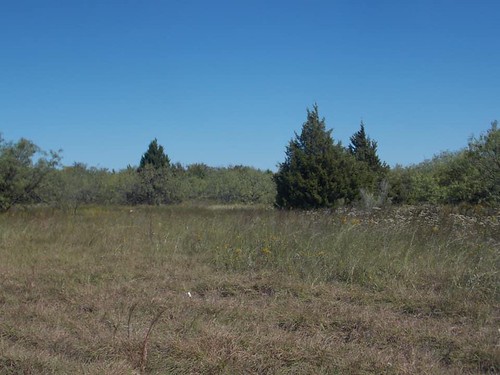 ">
">
 ">
">
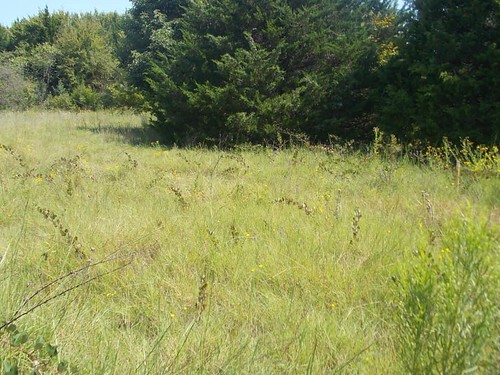 ">
">
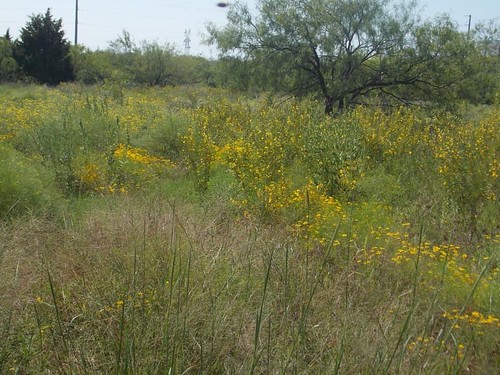 ">
">
 ">
">
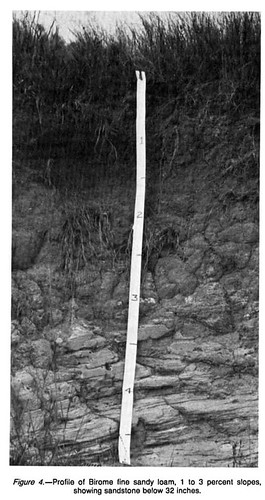 ">
">


